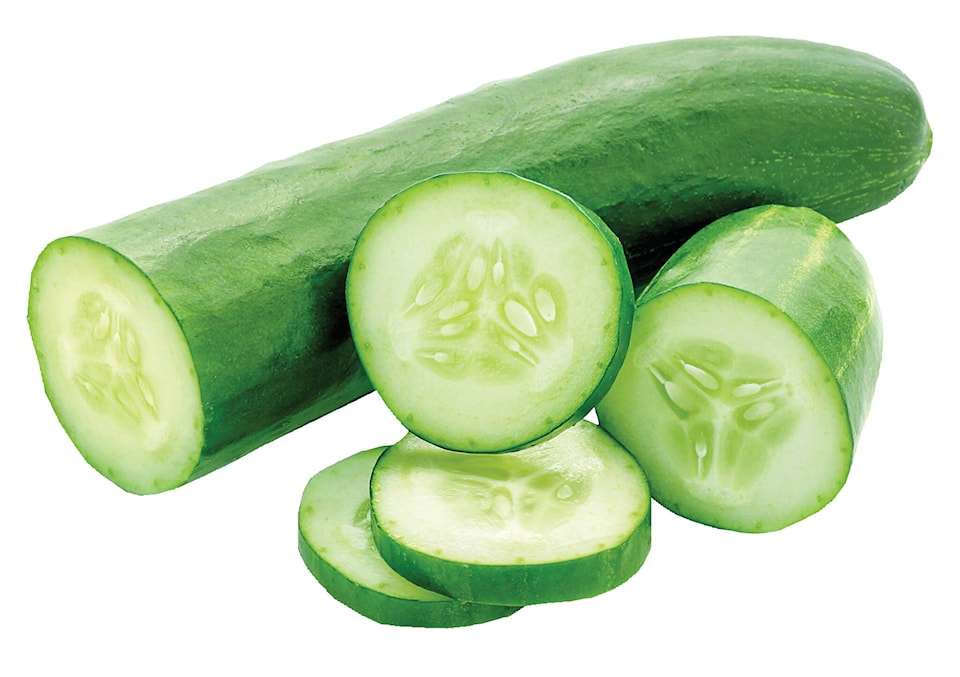By Mary Lowther
A woman was teaching her daughter to cook when she cut the end off of a beef roast before putting it in the pan. The youngster asked why she had done that and the mother replied that her own mother had always done so, but never told her why. Curious, she called her mom and was told it had to be done so it would fit in the pan.
We do things every day because of habit, often not knowing why, without understanding where the custom comes from. Our folklore is replete with proverbs, adages and old wives’ tales that rely on us to figure out what is experience based and what is superstition.
Our predecessors’ reasons for particular behaviours may have fallen into obscurity and some may persist despite questionable validity, but others have survived because they work. For example, years ago my son-in-law told my daughter that if she cut off the end of the cucumber and rubbed the end over the cut part, bitter foam would come out and the cucumber would be tastier. Evidently his Byelorussian Baba had taught him that.
I tried it and never noticed any difference, but recently I read in Justin Shelton’s website, Sweetish Hill, that “rubbing the sliced end against the cucumber will release a white, foamy substance containing an organic compound called cucurbitacin. This is the cause of the bitterness and one should keep rubbing it till it stops producing foam.” Other sites corroborate this, saying that both ends should be cut off because the cucurbitacin accumulates mostly in the ends and peel of a cucumber. Perhaps I didn’t rub the cucumber long enough.
Here’s another one: my mom always trimmed off both ends of green beans before she cooked them and since the tail ends of the beans looked fine to me, I wondered why she did that. A site called Quora says there are at least three reasons for doing this. The ends don’t get tender when cooked, if you’re soaking the beans to get rid of possible bugs you want water to get inside and, finally, some beans have a thread on both sides that can be removed by nipping off both ends.
When gardening, I plant in rows because it’s convenient and I began following what I had learned by making my beds four feet (1.2 m.) wide, as recommended. I followed this advice for many years, stretching farther than I could comfortably reach, until I finally decided to change the widths to a more comfortable three feet (less than 1 m.). Gardening experts insist four feet wide is convenient, allowing the gardener to reach two feet across on both sides, but I suspect the wider bed is an adaptation to the size of mechanical tractors that typically pull a rototiller to create a bed, with a standard width of four feet.
Another routine some gardeners adhere to is sowing certain seeds according to the phase of the moon. Ostensibly this is because the moon exerts a pull on the ocean, and theorists postulate that lunar gravity also affects water in the soil, pulling nutrients closer to the surface. The all-knowing internet has not yet provided evidence to verify this. Is this valid, or simply a superstition that was once so prevalent that some gardeners still follow it? This is the kind of question that keeps me up at night. If anyone can prove that seeds do grow better during certain phases of the moon, please enlighten me; it would make the Sandman’s job so much easier.
Please contact mary_lowther@yahoo.ca with questions and suggestions since I need all the help I can get.
